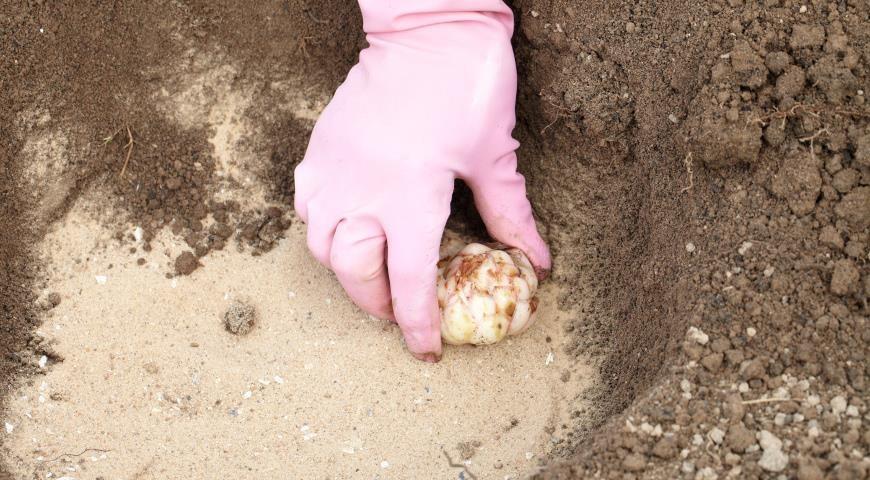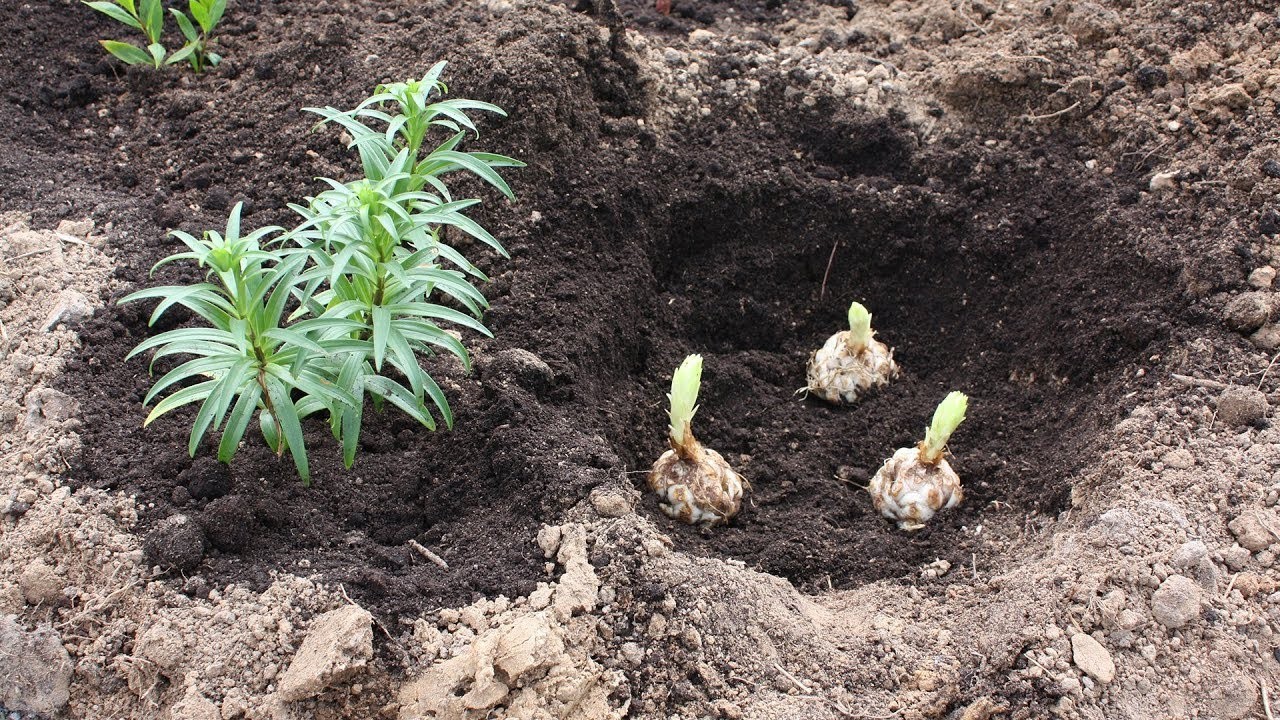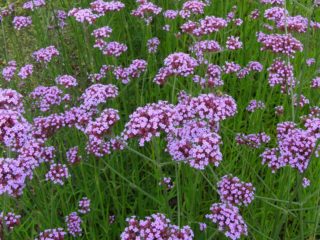Content
The royal lily occupies a special place of honor in the garden. The grace of flowers combined with aristocratic forms has attracted breeders for a long time. By crossing it with other forms of this plant, a huge number of varieties and hybrids with excellent characteristics were developed.
Origin story
The royal lily was found in China in the highlands of Sichuan Province. Here, in 1903, the English botanist Ernst Wilson discovered a snow-white lily with tubular flowers. The dug up bulbs were sent to England and the USA, where they bloomed in 1905, and the first hybrids based on the royal Chinese variety were obtained a few years later.
Through the efforts of breeders, the species of this lily became the ancestor of some of the most common and beloved varieties. According to modern classification, they are all combined into the group of Tubular hybrids.

Orleans - one of the first hybrids of the royal
Description of the royal lily
The royal lily has other names: Regale lily, royal lily, Tibetan, Chinese. Main characteristics:
- A bulbous perennial plant of the Liliaceae family.
- The size of the bulbs in different varieties ranges from 5 to 30 cm, its shape can be round or ovoid.
- The bulb consists of a bottom and scales growing from it, fastened at the bottom and loose along the upper edge, which gives it a disheveled appearance.
- Roots about 1.5 mm thick grow from the bottom, collected in a bunch; these are subbulb roots.
- The stem is erect, densely leafy, height from 15 to 250 cm.
- The flowers at the top of the stems are collected in inflorescences of 8-16 pieces (in some varieties up to 30), there are varieties with single flowers. The aroma is very strong.
- The lifespan of each flower is 3-9 days, opening occurs gradually.
- Non-double varieties have six petals; they can be very different in shape: turban-shaped, funnel-shaped, bell-shaped, star-shaped, etc.
- For different varieties, the flower size ranges from 10 cm in diameter to 30 cm.
- The color of the petals is represented by shades of all colors except blue.

After flowering, flat seeds are formed, enclosed in a long capsule.
Varieties
The royal lily Lilium Regale is one of the most, and served as one of the parents of a number of hybrids of the Tubular group. The classic tubular flower shape and strong aroma, as well as disease resistance, are characteristics that breeders wanted to preserve. Work on creating hybrids with other species has acquired an impressive scale.
The first hybrid based on the royal lily was obtained back in the 20s of the last century. (L. X imperiale, L. x sulphurgale, L. x centigale). In 1928, E. Debra crossed Sargent's trumpet lily with Henry's yellow lily. As a result, the Orleans hybrid was obtained.He played a prominent role in subsequent work on the hybridization of trumpet lilies. Dozens of new hybrids and varieties were obtained from him.
The royal lily has varieties that have the same tubular flower shape:
- Sargent's lily (Sargentiae);
- White-flowered lily (Leucanthus);
- Sulfur-yellow lily (L. Sulphureum).
Sargent
Sargent lily is widely used in urban and home gardening.

The Sargent variety has flowers collected in racemes of 3-5 pieces.
This variety of lily has a straight, strong stem from 50 to 150 cm in height, long leaves, up to 15-20 cm in length and 3 cm in width. The flowers are strongly fragrant, tubular, pointing downwards, set on horizontal stalks. The petals are white, bright yellow inside in the center, yellow or red outside.
White-flowered
The homeland of this species is China. Now it is common in culture, but frost resistance is average, so planting is possible only in the southern regions.
The stem of the white-flowered lily is ribbed, green with a grayish tint and with dark red strokes, 150-200 cm high. The leaves are linear, dark green, 10-15 cm long and 1-2 cm wide.
Tubular flowers are collected in racemose inflorescences of 3-5 pieces. Petals are milky white, anthers are brown. The bulb is light brown, turns red when dug up, diameter is up to 8 cm. Fleshy scales are tightly pressed to each other, the top is pointed.

White-flowered lily gave rise to many hybrid forms of trumpet lilies
Sulfur yellow
Another name is innumerable. Currently not used for hybridization.

All varieties, compared to the royal variety, are less frost-resistant and get sick more often, so they are very rarely found in flower growers’ collections.
Planting a royal lily
Planting can be done both in spring, preferably no earlier than May, and in autumn, in mid-September. The main thing is that return and first frosts are excluded.
Landing location
All varieties of royal lily do not tolerate shaded areas. Also, the crop should not be planted in windy, open areas.
The soil
The bulb can develop well only in light, loose soil with a high humus content. The optimal acidity level is pH 6-6.5.
Landing
Group plantings of royal lilies or placement in rows look good. In this case, the distance between the holes should not be less than 20-30 cm, and between the rows about 50 cm.
The landing algorithm is as follows:
- Before planting, you need to soak the bulb in a solution of the Zircon biostimulator.
- If the soil in the selected area is heavy and clayey, then you can prepare a planting hole in advance measuring 40x40x40 cm. Place a layer of drainage 10 cm high on the bottom. Fill the hole with a mixture of peat, sand, turf and leaf soil in equal proportions, add 2 tbsp to the entire volume. l. superphosphate, mixing it well with the soil.
- Make a hole and lightly moisten it. Plant the bulb, cover it with soil, lightly compacting the soil. No overhead watering is required.
You should not expect the royal lily to bloom this year, especially for varieties with large flowers. The bulb will grow a stem, but a bud will not form.
Caring for the royal lily
Despite the fact that the royal lily is generally unpretentious, it still requires minimal care. In particular, modern watering and fertilizing are important.
Watering
The vast majority of varieties do not require heavy watering.If the weather is dry and very hot, then moisten it once a week, spending no more than 3 liters of water on one adult flowering plant. In any case, no puddles should form near the bush; the bulbs may rot in such conditions.
Top dressing
If mineral fertilizers were added to the hole when planting, then the bush should be fed starting from the third year of life. During the season, two feedings are done - in the spring it is necessary to focus on nitrogen fertilizers, in the fall - potassium and phosphorus.
Trimming
In order for the bush to always look neat, it is necessary to cut off the faded buds. After the plant has completely flowered, you cannot immediately cut it off at the root. Only the top is cut off, the rest will work for the bulb, providing an influx of nutrients for the entire time remaining until complete pruning, i.e. until approximately mid-September.
Reproduction
The simplest and most common way to propagate a royal lily is to divide the bush. It can grow in one place for 3-5 years, then the rhizome is dug up and disassembled into individual bulbs. They are all different sizes and need to be calibrated. Treat large ones with disinfectants - pink solution of potassium permanganate, Fitosporin, Maxim. Immediately plant them in the soil according to the above scheme. After the same treatment, small specimens are planted in separate beds for growing.
Another popular method is propagation by scales. Several scales are carefully separated from the bulb and disinfected in potassium permanganate for 30 minutes. Then they are dried and placed in a bag with a light, slightly moistened substrate - peat, moss.Keep the package in a dark place for two months. During this time, the scales should germinate and form a small bulb.
The sprouted scales are transferred to a container with light soil and grown in a window during the winter at a temperature of 16-18 °C. In the spring you can already plant them in open ground.

Lilies obtained using scales bloom for 3-4 years
The seed method, although simple and accessible, has some disadvantages. Not all plants grown from seeds inherit the species characteristics of the mother plants. And they bloom only after 5-8 years.
Diseases and pests
The royal lily is quite resistant to disease with proper care. But in humid, cool summer conditions, diseases can still ruin the plant. These can be either fungal, the most common, or viral, brought with new planting material.

Gray mold often affects the royal lily
To treat fungal diseases, fungicides are used - Fundazol, Topsin, Oksikhom, Bordeaux mixture, Fitosporin, etc.
Viral diseases of lilies cannot be treated. Sick plants should be dug up and burned as quickly as possible.
The list of pests is also quite long. Lilies are especially often attacked by red beetles - lily and onion rattles, as well as bulbous hoverflies, wireworms, mole crickets, spider mites, and beetles.
Application in landscape design
Royal lilies look equally good both in a single planting with low-growing annuals at the feet, and in a group planting - in the form of a flower bed, edging, or border. In the first case, low-growing phlox, allisum or sadova can be planted next to the lily. cloves But compositions with peonies, astilbes, and hydrangea also look good.

Lilac lilies go well with blue hostas and conifers
Another option for a single planting is to place the lily in the foreground near coniferous plants. In this case, thujas of various types, low-growing spruces, and junipers are used.

Yellow low-growing dahlias set off pink royal lilies combined with low-growing thuja
Conclusion
The royal lily and its varieties and hybrids are the largest group, comprising about 1000 items. Growing tubular varieties will not be a particularly troublesome task for both experienced gardeners and beginners.











